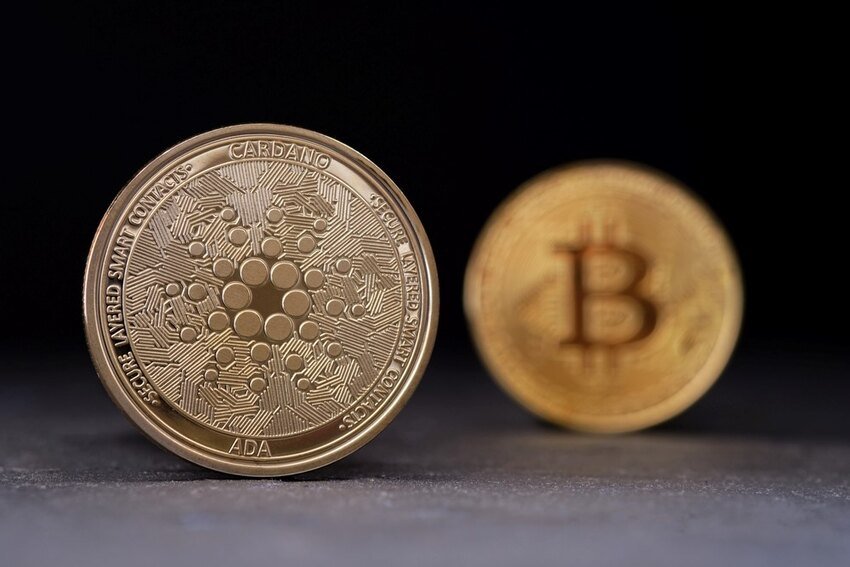The Evolution of Liquid Handling Tools in Laboratories
The science of liquid handling has evolved vastly over the years, and, as of 2025, the landscape of liquid handling tools within Australian laboratories has seen substantial advancements. From research and development to diagnostic applications, effective liquid handling is crucial for accuracy, efficiency, and the minimization of errors. Laboratories across Australia are continually seeking improvements in their equipment to achieve these objectives.
Technological Innovations in Measuring Cylinders
In the realm of volumetric measurements, traditional measuring cylinders have undergone significant enhancements. While glassware remains indispensable in the lab for its resistance to chemicals and clarity, the introduction of new materials and integration of smart technology have improved its functionality. Digital calibration marks, resistant coatings to prevent etching and wear, and QR codes linked to calibration certificates are now commonplace.
Enhanced Performance with Improved Lab Beakers
Lab beakers have also benefited from the latest advances in materials science. Innovations in glass composition have led to stronger and more thermal shock-resistant beakers. The design of beakers has taken user comfort and safety into consideration, with features such as non-slip coatings and ergonomically designed spouts to facilitate pouring without spillage.
Automated Pipetting Systems Revolutionising Liquid Dispensing
The development of automated pipetting systems has revolutionised liquid dispensing by providing unprecedented levels of precision and reproducibility. Many Australian labs in 2025 have embraced these systems, which can be programmed for complex liquid handling sequences, substantially reducing manual intervention and thus minimising the potential for human error.
The Role of Lab Conical Flasks in Modern Research
Another category of liquid handling tools that have received significant attention for their development is lab conical flasks. More than mere containers, these flasks have been redesigned to interface seamlessly with modern laboratory equipment. Lightweight yet durable materials, combined with embedded chips for tracking and automated inventory management, have been integrated into their design, supporting the modern lab’s need for both functionality and connectivity.
Surface Treatments and Coatings for Enhanced Durability
Surface treatments and coatings are at the forefront of extending the life of laboratory glassware. These coatings can make glassware resistant to scratches, which can harbour contaminants and affect measurements. They also enhance resistance to harsh chemicals, which can be particularly beneficial in aggressive experimental conditions.
Collaborative Efforts Leading to Standardisation
Global collaboration amongst scientific communities, including those in Australia, has led to greater standardisation of liquid handling tools. In 2025, these tools are more interoperable and can be used across various devices and platforms, reducing the need for lab-specific or proprietary equipment, which, in turn, results in cost savings and increases operational efficiency.
Data Analytics and Liquid Handling Precision
One of the most impactful innovations in the field of liquid handling tools has been the integration of data analytics. Smart liquid handling devices can now record and analyse data in real time, allowing for on-the-fly adjustments and enhancing the accuracy of experiments. Laboratories in Australia have widely adopted these smart systems to ensure that their research meets the highest standards of precision.
Eco-Friendly Liquid Handling Solutions
With a growing emphasis on sustainable practices, the development of eco-friendly liquid handling solutions has become a priority within the scientific community in Australia. Biodegradable materials, energy-efficient manufacturing processes, and recyclability are all factors that are now considered critical in the design and production of liquid handling tools.
Customisation and Personalisation in Liquid Handling
Labs are also benefiting from the trend towards customisation and personalisation of liquid handling tools. Equipment manufacturers are now offering options that cater to the specific needs of an experiment or researcher, aiding in the customisation of workflows and enhancing user experience.
The Impact of AI and Robotics on Liquid Handling
Artificial Intelligence (AI) and robotics have made their mark on liquid handling as well. Advanced algorithms and machine learning models enable robotic systems to handle liquids with levels of dexterity and sensitivity that mimic a skilled technician. These robotic systems can work around the clock, increasing throughput and productivity in high-demand laboratory environments.
Investing in the Future of Liquid Handling Tools
Investment in the future of liquid handling tools continues as research institutions and commercial laboratories alike recognise the long-term benefits of staying at the forefront of technology. This includes not only the direct purchases of cutting-edge tools but also investments in training and development for laboratory personnel.
Conclusion
In conclusion, 2025 marks another progressive year in the development of liquid handling tools in Australia. With advancements in technology, a commitment to sustainability, and the seamless integration of data analytics, laboratories across the nation lead the way in precision, efficiency, and innovation. These developments hold immense promise for the future of scientific exploration and experimentation, offering new levels of reliability and robustness in various laboratory practices.
Read Dive is a leading technology blog focusing on different domains like Blockchain, AI, Chatbot, Fintech, Health Tech, Software Development and Testing. For guest blogging, please feel free to contact at readdive@gmail.com.





